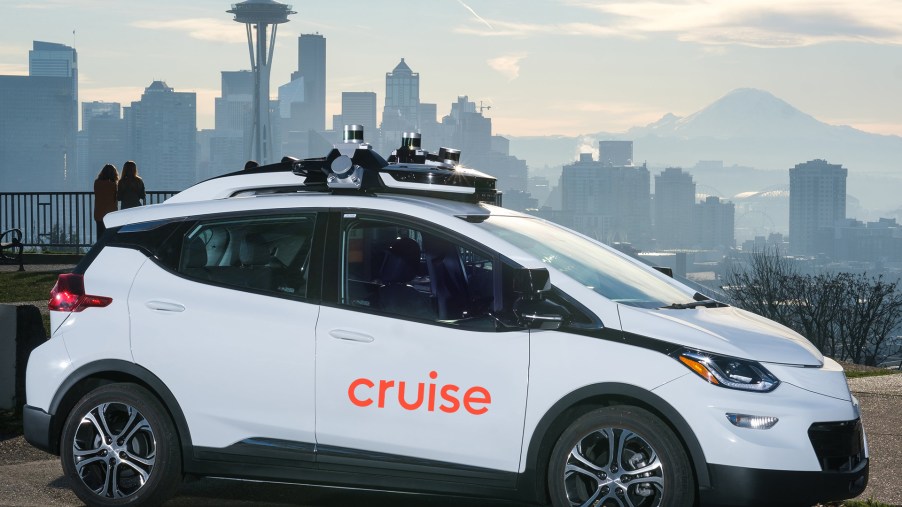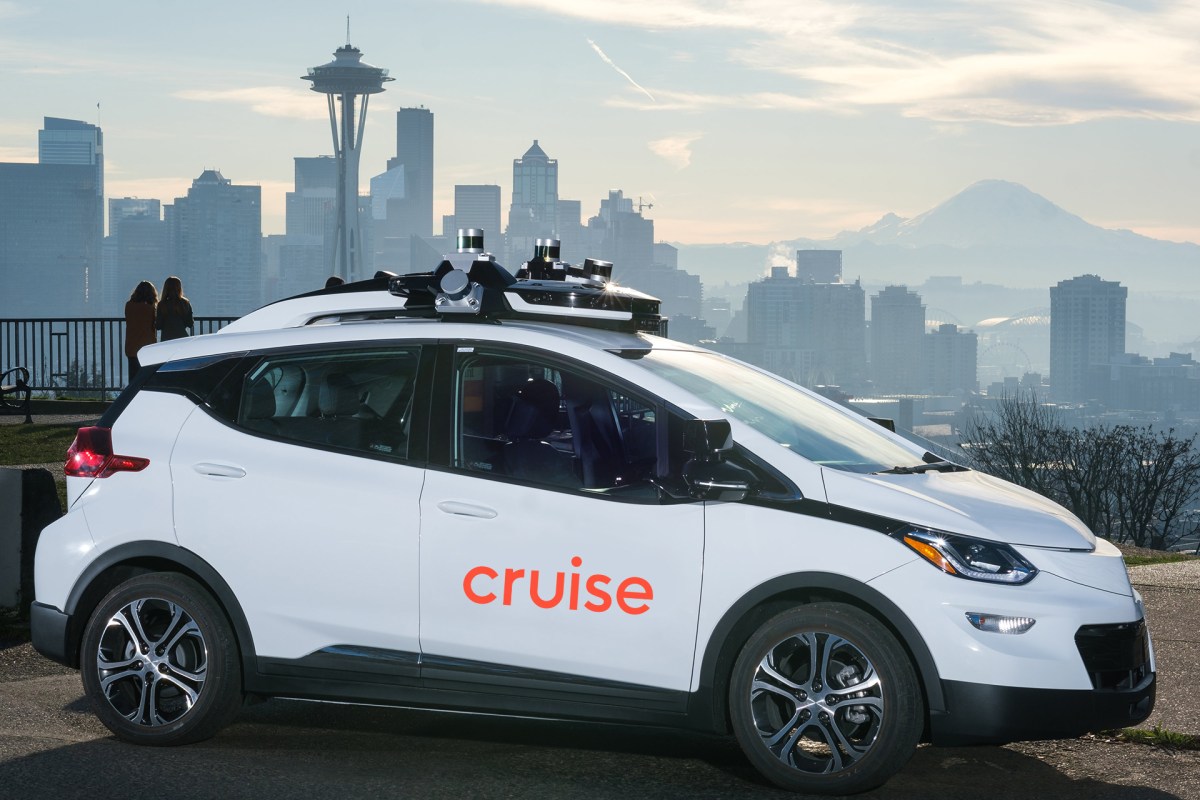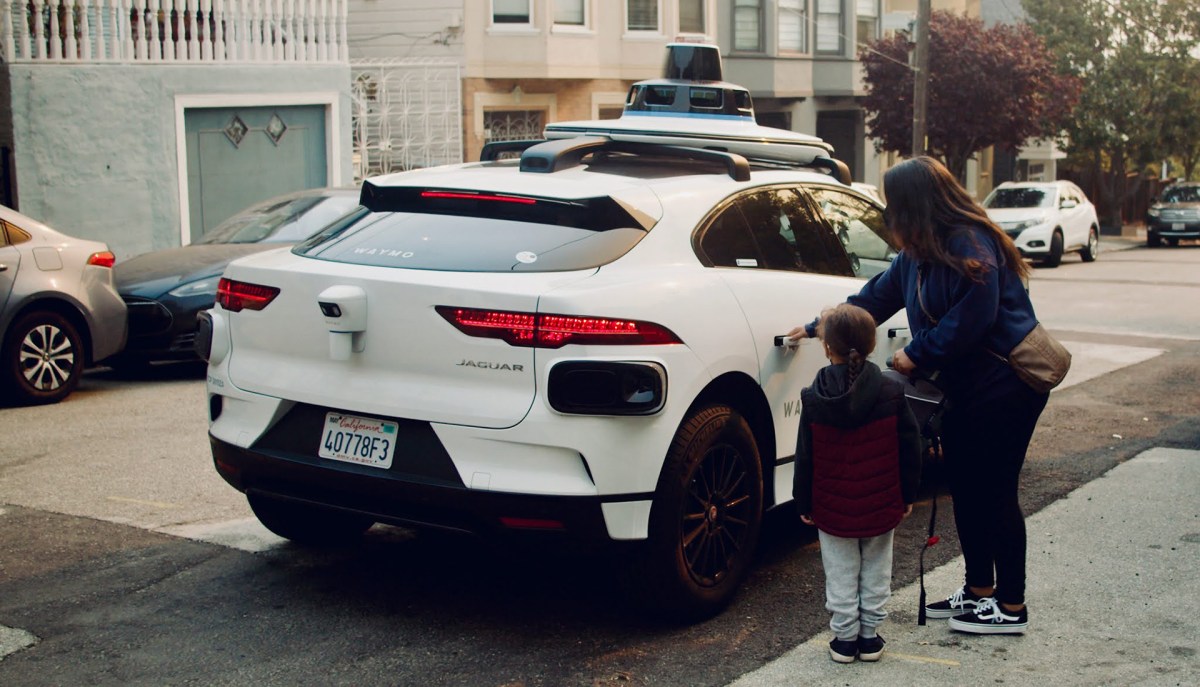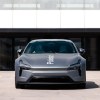
Cruise LLC Seeks Commercial Permit For Robotaxi Autonomous Vehicles
Robotaxi autonomous vehicles are the new tech gold rush. The first companies to get an established foothold in the autonomous vehicle robotaxi market will likely see huge benefits as the technology becomes widely adopted. General Motors and its “Cruise” service is looking to be part of that first wave.
Cruise wants California commercial permit for its Robotaxi autonomous vehicles

General Motors is the financial backer of Cruise LLC, an upcoming ride-hailing company with a fleet of Robotaxi autonomous vehicles. According to an Automotive News report, Cruise recently filed for an application with California for a commercial permit to operate its Robotaxis. The permit would essentially grant Cruise the ability to charge fares for rides in its driverless robotaxi vehicles.
As part of the process, Cruise needs permission from the California Public Utility Commission (CPUC) to transport people in its robotaxis without a test driver and charge for the service. Cruise currently has permission from the Department of Motor Vehicles (DMV) to give rides without a human backup driver. Though, that is only half of what Cruise needs to get itself on the road to profit.
Speaking of, Cruise LLC CEO Dan Ammann is bullish on the future for the ride-hailing company stating in a presentation that he expects $50 billion in revenue within six years.
If the state of California grants Cruise the commercial permit, then it can operate up to 30 autonomous vehicles in a designated area within San Francisco on public roads between 10 pm and 6 am at speeds up to 30 miles per hour. Cruise is pushing the state to allow its vehicles to operate in light rain and fog as those conditions are likely to occur during the hours that Cruise is authorized to operate.
Cruise uses the Chevy Bolt EV, and that could be a problem
Generally speaking, robotaxi autonomous vehicles are based on pre-existing EVs that have been retrofitted with autonomous driving tech such as lidar, camera systems, and more. Google-backed robotaxi service Waymo uses Jaguar I-PACE SUVs for its robotaxis. Motional, another autonomous ride-hailing company, uses the Hyundai IONIQ 5 for its robotaxi platform.
Since Cruise is backed by General Motors, it uses the Chevy Bolt EV for its robotaxi autonomous vehicles. If you have not been following the news surrounding the Chevy Bolt EV lately, then that may seem like an innocuous fact. However, if you have been reading MotorBiscuit in recent weeks, then you’ll know that General Motors has had to recall every Chevy Bolt EV ever made.
The reason for the widescale recall is because at least 13 customers with Chevy Bolts had their vehicles spontaneously burst into flames. General Motors discovered that the vehicle fires were caused by defective battery modules sourced from LG Chemical. The automaker was so concerned over the fires that they advised owners not to park their vehicles indoors or near other vehicles.
Considering that, California may be hesitant to grant Cruise the permits it seeks as long as it continues to use the Chevy Bolt EV as a platform.
Cruise LLC is not the only company to apply for a commercial robotaxi permit

At roughly the same time that Cruise LLC applied with the state to operate its robotaxi autonomous vehicles commercially, one of its competitors, Waymo, filed as well. The California DMV granted Waymo permission to operate its Jaguar I-PACE SUVs in designated areas within San Francisco and San Mateo counties on public roads up to 65 mph and can operate in rain and light fog.
Keen eyes will notice that Waymo is allowed to operate its vehicles at higher speeds than Cruise and can operate in inclement weather. We are unsure why Waymo can run its robotaxis faster and in more challenging conditions. Still, it appears to signal that Waymo may be further along in launching a commercially viable service than Cruise.
Expect industry experts to keep a close watch on which company will emerge as the emerging robotaxi autonomous vehicle market leader.


